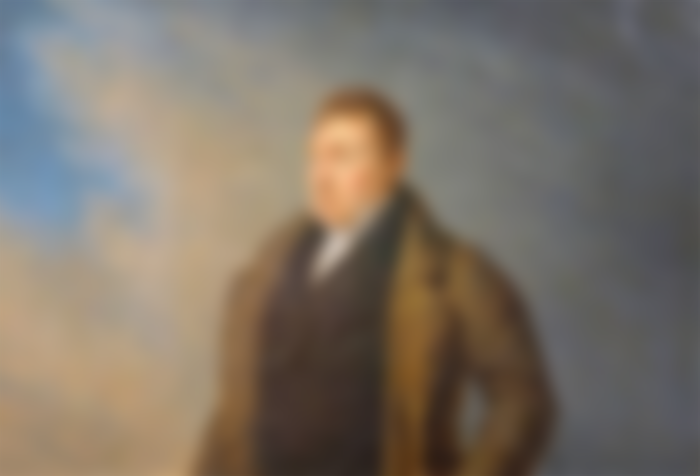The Marquis de Lafayette has had an unusually successful military career on as many as two continents - North America and Europe.
On September 6, 1757, Marie-Joseph Paul Yves Roch Gilbert du Motier, Marquis de Lafayette, was born. He was born in Chavaniac Castle, located in the French historic province of Auvergne. This castle is located in the area of the French Central Massif, on a land rich in extinct volcanoes. The settlement adjacent to the castle was later named Chavaniac-Lafayette in honor of the Marquis.

The Marquis de Lafayette was born into one of the oldest and most distinguished French noble families. One of his medieval ancestors, Gilbert Motier de La Fayette, was a marshal of France and a comrade-in-arms of the famous Saint John of Orleans as early as the 15th century.

The Marquis de Lafayette has had an unusually successful military career on as many as two continents - North America and Europe. Namely, as a young man he traveled to the newly formed United States, where he became a close associate of George Washington and a general in the US Army. He became so famous in that position that he is still considered an American national hero. Moreover, she is one of only eight people to be awarded the title of Honorary Citizen of the United States.


In 1777, he became an American general in the War of Independence. Namely, the rank of general was awarded to him by the American Continental Congress, the supreme parliamentary body from which today's American Congress emerged. He soon became an adjutant to General George Washington, who was the supreme commander of the American forces.

He later returned to his native France and played a significant role in it during the French Revolution, trying to find a middle ground between revolutionaries and conservatives. Appointed to the Assembly of dignitaries in 1787, convened in response to the fiscal crisis. He was elected a member of the General Estates in 1789, where representatives met from three traditional orders of French society: the clergy, the nobility, and the populace. After the formation of the National Constituent Assembly, he helped write the Declaration of the Rights of Man and of the Citizen with the help of Thomas Jefferson. This document is inspired by the Declaration of Independence of the United States and calls on natural law to establish the fundamental principles of a democratic nation-state. He also advocated an end to slavery, in line with the philosophy of natural rights. After the storm on the Bastille, he was appointed commander-in-chief of the French National Guard and tried to direct the middle course through the years of the revolution.

He became a high-ranking general in the French army, but then his fall occurred. In August 1792, radical factions ordered his arrest and he fled to the Austrian Netherlands. He was captured by Austrian troops and spent more than five years in prison. He spent a number of years as a prisoner in European prisons, and during the reign of Napoleon Bonaparte he returned to France, after Napoleon Bonaparte secured his release in 1797.
He refused to participate in Napoleon's government. After the Restoration of Bourbon in 1814, he became a liberal member of the House of Representatives, a position he held for most of his life. He lived relatively secluded in the castle of La Grange-Bléneau, located about 40 kilometers southeast of Paris.

In 1824, President of the United States James Monroe invited him to the United States as a guest and visited all 24 states in the union and received an enthusiastic reception.
The Marquis died at the rather high age of 77 in Paris, May 20, 1834.






